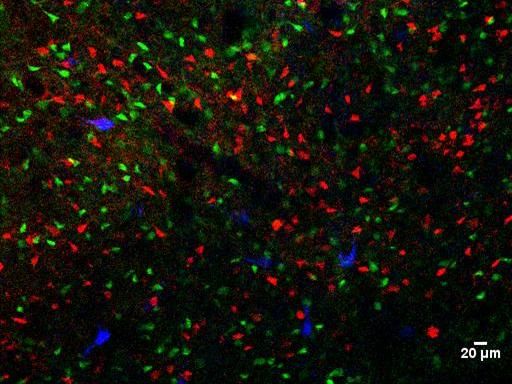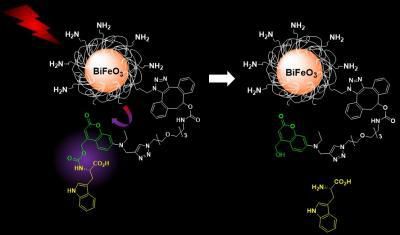New test could identify resistant tuberculosis faster
The time needed to genetically sequence the bacteria causing tuberculosis (Mtb) from patient samples has been reduced from weeks to days using a new technique developed by a UCL-led team. This could help health service providers to better treat disease, control transmission of this infection, and monitor outbreaks.
Whole genome sequencing reveals the complete genetic (DNA) sequence of an Mtb sample, in many cases pinpointing drug resistance mutations so that appropriate treatments can be given. However, this process currently takes weeks because samples need to be grown in the laboratory before there is enough genetic material to measure.
The new method, published in the Journal of Clinical Microbiology, allows scientists to enrich Mtb DNA directly from patient sputum (mucus) samples. This means that the samples can be sequenced and analysed straight away, avoiding the need to spend weeks growing them in the lab. The work was done as a collaboration between the researchers at UCL, Oxford Gene Technology (OGT), CLC bio-Qiagen and the Erasmus University Medical Center in Rotterdam, who are part of the European Union FP7-funded PATHSEEK consortium
“Using the conventional methods, patients with resistant TB would need to wait for up to six weeks for antibiotic resistance testing,” says senior author Professor Judith Breuer (UCL Infection & Immunity). “In that time, they may be taking drugs that are suboptimal or suffer unnecessary and unpleasant treatment side effects. Our technique and the associated software could reduce testing for antimicrobial resistance to a few days, allowing doctors to give precise antimicrobial treatment earlier than is currently possible.”
To extract Mtb from sputum samples, the researchers used probes made of ribonucleic acid (RNA) molecules, engineered to bind to Mtb DNA. The method was tested on 34 routine samples taken from patients in London and Lithuania, where resistant Mtb strains are a significant problem. The sequencing results from sputum matched perfectly with those from the relevant cultured isolates.
“As well as delivering personalised treatments to patients, the tests could also be used to precisely track the spread of TB,” explains co-lead author Dr Josephine Bryant (UCL Infection & Immunity). “With rapid sequencing available it would be possible to trace TB infections in communities, or to identify a few highly infectious people, sometimes called ‘super-spreaders’. If public health officials can identify these individuals faster and stop them from spreading the disease, control and prevention of future outbreaks could be improved.”
Original publication
Brown et al.; "Rapid Whole Genome Sequencing of M. tuberculosis directly from clinical samples"; Journal of Clinical Microbiology.
Original publication
Brown et al.; "Rapid Whole Genome Sequencing of M. tuberculosis directly from clinical samples"; Journal of Clinical Microbiology.
Organizations
Other news from the department research and development

Get the life science industry in your inbox
By submitting this form you agree that LUMITOS AG will send you the newsletter(s) selected above by email. Your data will not be passed on to third parties. Your data will be stored and processed in accordance with our data protection regulations. LUMITOS may contact you by email for the purpose of advertising or market and opinion surveys. You can revoke your consent at any time without giving reasons to LUMITOS AG, Ernst-Augustin-Str. 2, 12489 Berlin, Germany or by e-mail at revoke@lumitos.com with effect for the future. In addition, each email contains a link to unsubscribe from the corresponding newsletter.
Most read news
More news from our other portals
Last viewed contents
John_Converse
Hyperlipidemia
Chanda_Gunn
Primary_carnitine_deficiency
SANE_Australia
Transport_protein
Rubella
Chromosomal_translocation
Anton_Skulberg
Biotinylated_retinoids

Study points to fast-acting drug for OCD




















































